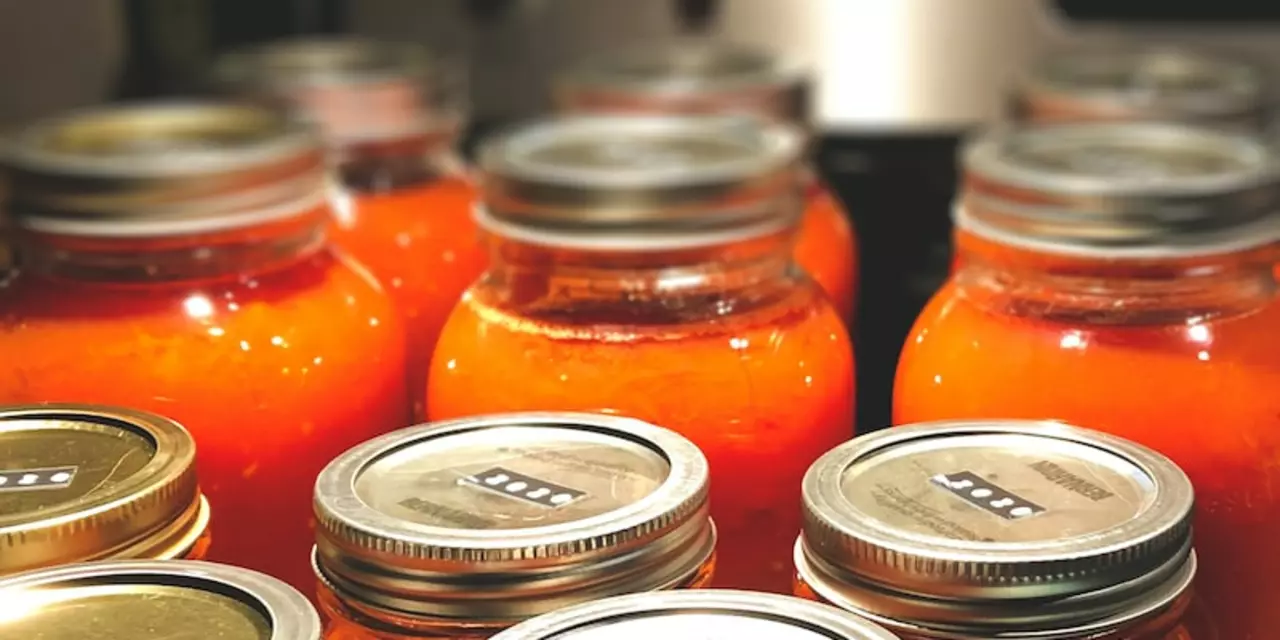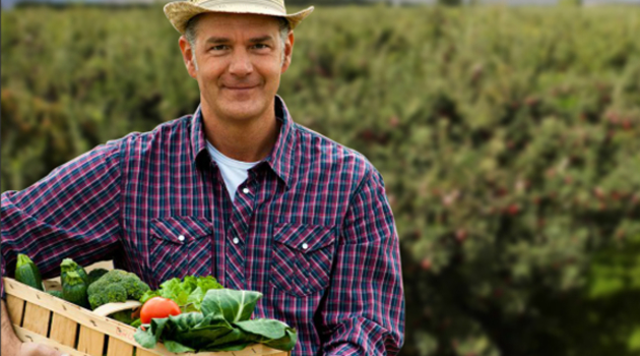Exploring the Strategies for Food Security in the United States
The United States is a wealthy and developed nation, yet it still faces the challenge of food security. In the US, food insecurity affects millions of individuals, families, and communities across the country. This is a complex issue that requires a multifaceted approach to ensure all citizens have access to safe and nutritious food. In this article, we’ll explore the strategies for food security in the United States.
Understanding Food Security
Food security refers to a person’s access to enough food to meet their dietary needs. This requires more than just having enough food available; it also requires access to food that is safe, nutritious, and culturally appropriate. When food security is compromised, individuals, families, and communities may struggle with health, economic, and social issues.
Federal Programs
The United States Department of Agriculture (USDA) is the primary federal agency responsible for ensuring food security. It administers several programs to help individuals and families access food, including the Supplemental Nutrition Assistance Program (SNAP), which provides assistance to low-income households. The USDA also funds programs such as the National School Lunch Program and the Women, Infants, and Children (WIC) Program, which provide nutritious meals to schoolchildren and pregnant women, respectively.
Non-Profit Organizations
Non-profit organizations also play an important role in providing food security in the United States. Organizations such as Feeding America, Food Banks Canada, and the World Food Program USA work to provide food to those in need. These organizations often coordinate with local businesses and volunteers to provide food to those who are struggling to access it.
Gardens and Farms
Gardens and farms are also integral to ensuring food security in the United States. Community gardens and urban farming initiatives are becoming increasingly popular, as they allow individuals and communities to grow their own food. Many communities also have farms that provide fresh produce to local residents. These initiatives are important for ensuring that individuals and families have access to healthy, locally sourced food.
Conclusion
Food security is a critical issue in the United States, and it requires a multifaceted approach to ensure everyone has access to safe and nutritious food. Federal and non-profit organizations, as well as gardens and farms, play important roles in ensuring food security in the United States. These strategies are essential for ensuring all citizens have access to the food they need to thrive.
Examining the Roles of Government and Private Organizations in Ensuring Food Security in the US
The United States is one of the most affluent countries in the world, yet food insecurity remains an issue for many Americans. The US government and private organizations play an important role in the fight against hunger and food insecurity in the US.
Government Role
The federal government has been a leader in providing support for food security in the United States. The US Department of Agriculture (USDA) administers programs like The Supplemental Nutrition Assistance Program (SNAP), which provides food assistance to low-income households. The USDA also administers the National School Lunch Program (NSLP), which provides free or reduced-price meals to students. In addition, the USDA has implemented several farm subsidy programs, which help farmers and ranchers by providing financial assistance.
Private Organizations
Private organizations, like food banks and other charities, are also vital to the fight against hunger and food insecurity in the US. Food banks provide access to food to those in need, while charities like Feeding America provide meals to those who cannot afford them. In addition, private organizations often partner with the USDA and local governments to provide food assistance to those in need.
Conclusion
The US government and private organizations play an important role in ensuring food security in the US. The USDA provides support through programs like SNAP and NSLP, while private organizations provide meals and other resources to those in need. By working together, the government and private organizations can combat hunger and food insecurity in the US.
Investigating the Benefits of Food Security for the US Economy
The United States is one of the world's largest and most powerful nations. It is also one of the countries with the highest levels of food security. Food security is a measure of a population's access to healthy, safe, and nutritious food. The US has long been a leader in food security, thanks to its robust economy and infrastructure. But how exactly does the US benefit from having food security, and what can other countries learn from it?
The Economic Benefits of Food Security
One of the most significant benefits of food security is its positive impact on a nation's economy. Food security ensures that all citizens have access to affordable, nutritious, and safe food. This, in turn, leads to better health outcomes, higher productivity, and improved economic growth. By investing in food security, the US is able to ensure that its population is well-nourished and productive, which then allows the nation to thrive economically.
Additionally, food security reduces poverty levels and promotes economic growth by providing jobs to those who work in the food industry. This, in turn, increases the nation's GDP and leads to increased economic stability. Furthermore, food security also helps to reduce food waste, which can in turn reduce costs for both producers and consumers. This can help to reduce prices, allowing citizens to purchase more food for their families.
The Social Benefits of Food Security
Food security also has a number of social benefits. It can help to reduce hunger and malnutrition, leading to better health outcomes for citizens. It can also help to reduce poverty levels, as those who have access to affordable, nutritious food are more likely to be able to make ends meet. Additionally, food security helps to ensure that all citizens have access to the same quality of food, which can help to reduce inequality and promote a more equitable society.
Food security also helps to foster a sense of community, as people are able to come together to share food and resources. This helps to create a strong sense of community and can lead to an increased sense of belonging. Lastly, food security can help to reduce crime rates, as people are less likely to engage in criminal activity if they are able to access food and nutrition.
Conclusion
The US has long been a leader in food security, and it is clear that the nation benefits immensely from having access to healthy, safe, and nutritious food. Not only does it provide economic benefits, but it also has a number of social benefits, such as reducing poverty levels and promoting a sense of community. It is clear that food security is essential for the health and well-being of any nation, and the US is a prime example of this.
Understanding the Impact of Climate Change on Food Security in the United States
As climate change continues to disrupt the global environment, its effects are becoming increasingly apparent in the United States. One of the most important impacts is on food security, which is defined as the availability, access, and utilization of safe, nutritious food by individuals or households. With rising temperatures, extreme weather events, and changes in precipitation patterns, food security in the United States is at risk.
The most immediate concern with climate change and food security is the increased risk of crop failure. Rising temperatures can lead to more frequent and intense heat waves, which can cause crops to wilt and die. In addition, extreme weather events such as floods and droughts can damage crops and alter the growing season, which can reduce yields and lead to food shortages.
Climate change also has a more indirect effect on food security. As temperatures rise and temperatures become more extreme, pests and weeds become more of a problem. Pests can damage crops and reduce yields, while weeds can compete with crops for water and nutrients. In addition, rising temperatures can lead to the spread of diseases and parasites, further reducing crop yields.
Higher concentrations of carbon dioxide in the atmosphere can also have an impact on food security. Carbon dioxide is an essential nutrient for plants, and higher concentrations of carbon dioxide can lead to increased growth and yields in some crops. However, the increased growth can also lead to decreased nutrient levels in the soil and reduce crop quality.
Finally, climate change can also lead to changes in water availability. Rising temperatures can reduce snowpack and cause rivers to run dry, resulting in water shortages and water rationing. This can have a direct impact on crop growth, particularly in areas that rely on irrigation.
The impact of climate change on food security in the United States is a serious concern and one that needs to be addressed. Without action, crop yields may decline and food shortages could become a reality. Fortunately, there are steps that can be taken to mitigate the effects of climate change, such as reducing carbon emissions and conserving water. By taking these steps, we can ensure that food security in the United States is not compromised.





